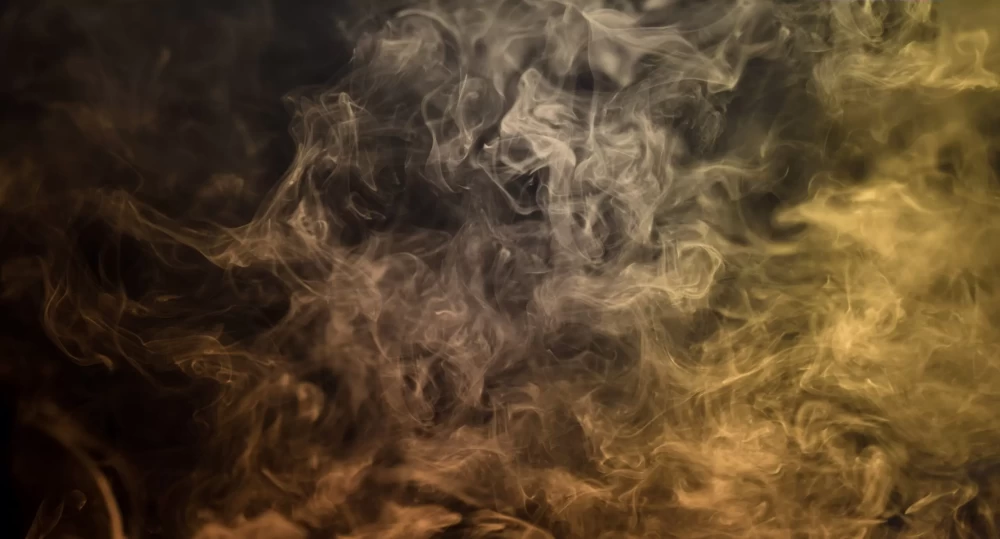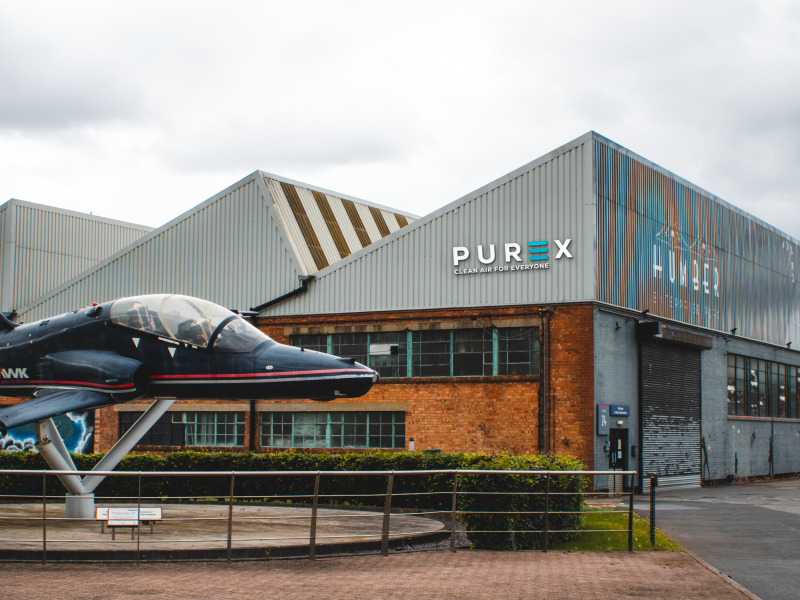
What Are The Different Types Of Ventilation?
As a business owner or administrator for a company, you may already know that your workplace building needs some type of clean air solution. Clean air systems not only provide areas with clean, fresh air (which is integral for employee health) but, depending on the type, can also rid the environment of harmful toxins, fumes and gases.
But which ventilation is the best choice for you and your industry? Our informative guide highlights all.
The 7 Essential Types of Ventilation Systems:
1. Natural ventilation
Probably the most well-known form of ventilation is natural ventilation. This refers to an ongoing supply of clean air from natural sources which, in most cases, is the most ideal type of ventilation for a building.
These typically depend on natural forces, such as wind and thermal buoyancy, to drive the outdoor air throughout the buildings.
However, the three main factors required for natural ventilation to be effective are:
See the table for more details:
|
Factor |
Description |
|
Building design |
Some buildings aren’t designed to allow natural ventilation to circulate, such as high-rise offices with no openable windows. |
|
Climate |
Hot climates, like Dubai, typically have less cool air to circulate, making proper ventilation more challenging. |
|
Human behaviour |
The expected behaviour within the building affects the suitability of natural ventilation, e.g. office vs. fitness class. |
2. Mechanised fan ventilation
Mechanised fans are generally installed directly into the windows or air ducts of a building to supply air both to, or from, an environment. This provides buildings with internal air which is extracted via the fan in a controlled approach.
However, it’s important to note that this type of ventilation usually depends on the weather, as they are designed to inject clean air and expel stale oxygen.
For example, the infiltration of particles may need to be reduced in humid conditions, while the exfiltration may need to be prevented during colder periods, which would minimise condensation.
3. Smoke ventilation
In public buildings, it is a legal requirement to provide smoke ventilation in the event of a fire. This helps to alleviate the thick build-up of condensed smoke if a fire were to break out. This helps to provide a clearer escape route to anyone trapped in a fire.
4. Supply ventilation
Supply ventilation generally works by pressurising the building, which forces external oxygen particles inside via a fan. This type of ventilation is especially common within living room and bedroom areas, as this provides the best air quality for homeowners in living spaces.
5. Exhaust ventilation
This type of ventilation works by depressurising the building, which reduces the inside air pressure so that it falls below the outdoor air pressure. The exhaust mechanism then works by sucking out the stale air, which is then replaced by fresh air from a different source (usually an air vent).
This type of ventilation is commonly found in bathrooms or kitchens where a lot of steam can build up and needs filtrating out.
6. Balanced ventilation
A mix of both exhaust ventilation and supply ventilation, balanced ventilation works by neither pressurising nor depressurising a building. Instead, this type of ventilation looks to inject and exhume the same level of air by positioning several fans and duct systems in the most efficient positions around the environment.
7. Ozone-Based Cleaning Ventilation
An emerging trend in industrial processes, particularly in the printing sector, is the use of ozone to clean parts before they undergo further processing. This method is highly effective in removing contaminants, ensuring that the final product meets stringent quality standards. It's vital to incorporate a dedicated ventilation system to control ozone and other byproducts. This is essential for preserving air quality and guaranteeing worker safety in such settings.
Clean Air Systems for Hazardous Fumes
A key part of ensuring that the air is ventilated is important to remove harmful fumes and toxins from the area. In business workplaces especially, there can be a build-up of hazardous gases and particles such as ABS filament fumes, which can cause detrimental effects on employee health, the environment, and the products and equipment used.
At Purex, we offer a comprehensive range of fume extraction systems tailored to various industries, including 3D printing, dental practices and electronics. Discover how our fume extraction solutions can benefit your business, by exploring our case studies, or contact our team for more information on workplace safety. Additionally, ensure the effectiveness of your current system by booking an LEV (Local Exhaust Ventilation) Test. Get in touch with us today to enhance your air quality and ensure a safe working environment.
Frequently Asked Questions (FAQs)
How can I determine the best ventilation system for my commercial space?
Assess the specific needs of your space, considering factors such as air quality requirements, energy efficiency, and existing infrastructure. Contact Purex today and let us help you.
How can I improve air quality in my commercial space?
Implementing a suitable ventilation system, regularly maintaining existing systems, and using high-efficiency filters can significantly improve air quality.
How often should I check my existing ventilation system?
It’s recommended to have your system checked annually to ensure it is functioning correctly and efficiently.
Latest insights
-

How Fume Extraction Improves Workplace Health and Safety
If you’ve ever worked in an industrial environment, you know that the highest priority is health and safety. ... Read more -

Purex International Creates 7 New Jobs in Brough – Including Apprenticeships for Local Talent
Brough, East Yorkshire – Purex International is proud to announce 5 brand new full-time job openings and 2 apprenticeship roles at our manufactu... Read more -

A Day in the Life at Purex: How Every Team Drives Our Customer-First Approach
At Purex, everything we do is shaped around the customer, from the way we start each morning to how we wrap up the day. Our 40-year mission to deliver... Read more
How Purex can help
We provide an excellent level of service and support, including our 24-hour technical support service and start-to-end projects. Get in touch with our expert team today to find out more.